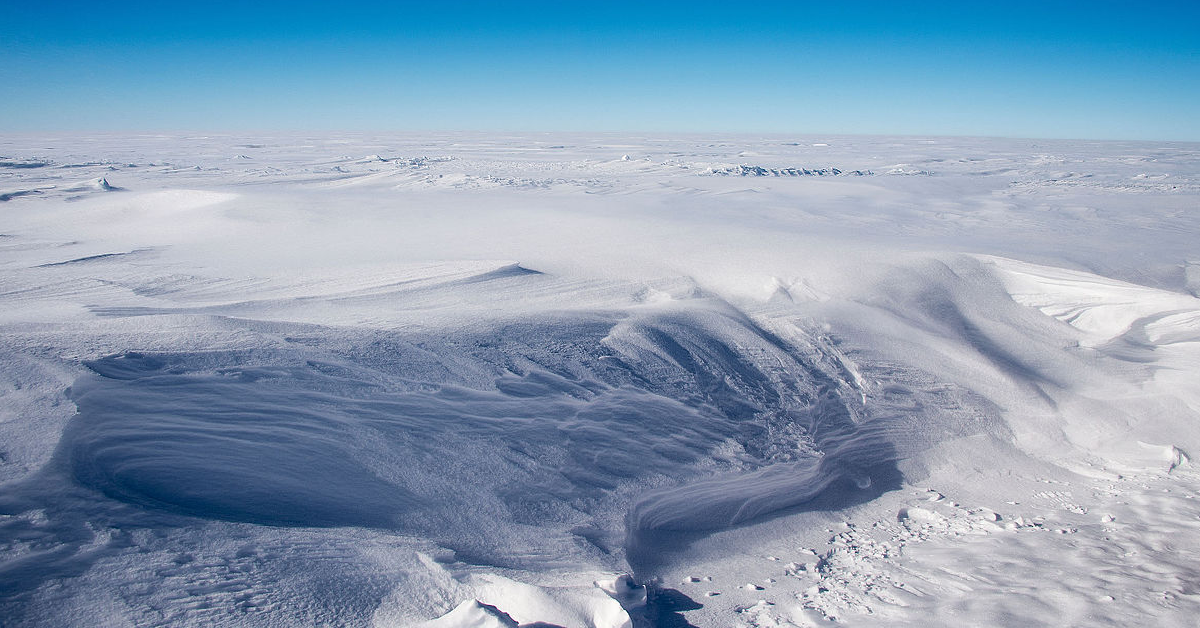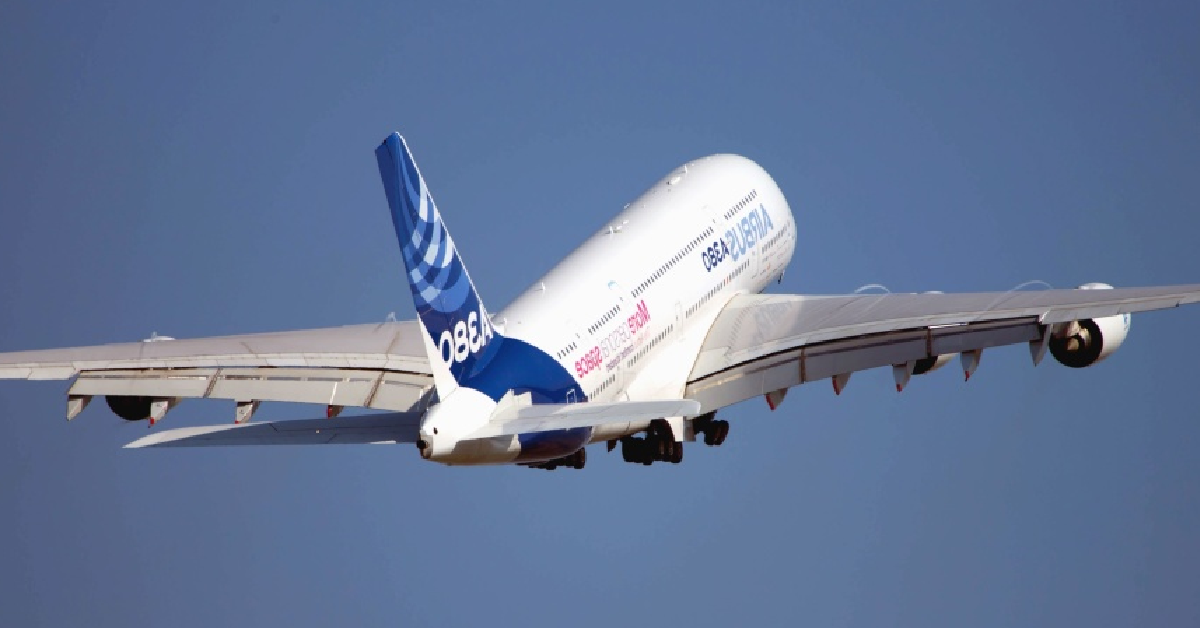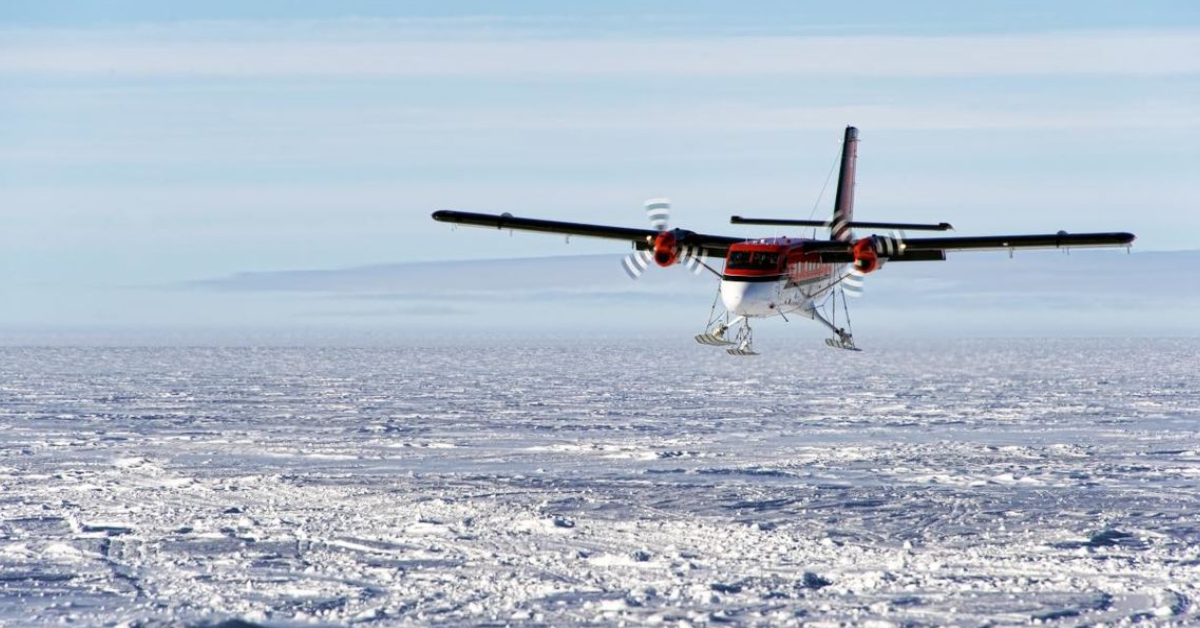Sam Denby of Half as Interesting is well known for providing feasible explanations for various phenomena that we may or may not have been aware of before.
We love the frantic demeanor that he has, it makes the explanations so much better. In case you were unaware, commercial airlines will typically fly over the North Pole but they do not fly over the South Pole.

If you are anything like us, this does not make any sense to you. Why would they fly over one and not the other? As it turns out, there is a very reasonable explanation. The primary problem is easy enough to understand. Airplanes cannot be too far from the closest airport at any given time. Modern flight techniques have addressed this common issue but it still remains for the South Pole.
“Basically, every commercial twin-engine plane is given a certain rating for how far it can be, at any given time, from a suitable diversion airport. This is to make sure that there’s always a runway that a flight can divert to in the event of an emergency… This rating is called ETOPS, and it’s measured in flight-time. …before 1985, all twin-engine planes were ETOPS-60, meaning they could only ever fly within a 60-minute radius from an airport. As planes got better, ETOPS numbers went up,” Denby explains.

That makes all of the sense in the world to us. It’s a safety issue that cannot be ignored. If a plane needs to divert, they need an airport close by that allows them to do so. The closest airport to this location is far beyond the usual Extended-range Twin-engine Operational Performance Standards (ETOPS). Commercial airlines must adhere to these ratings, though.
“To put things into perspective, the closest potential diversion airport to the South Pole is the Ushuaia International Airport in Argentina, but it’s still about 2,500 miles, or 4,000 kilometers away,” says Denby.

Some flights may make their way toward the Antarctic but they are never going to head to the South Pole itself.
“Now, some flights do come close to the Antarctic coast—like the routes between Sydney and Johannesburg or Santiago—and depending on wind conditions they will sometimes fly over a tiny bit of Antarctica, but absolutely zero go anywhere close to the pole itself,” Denby continues.
Watch him explain it in the video below!













